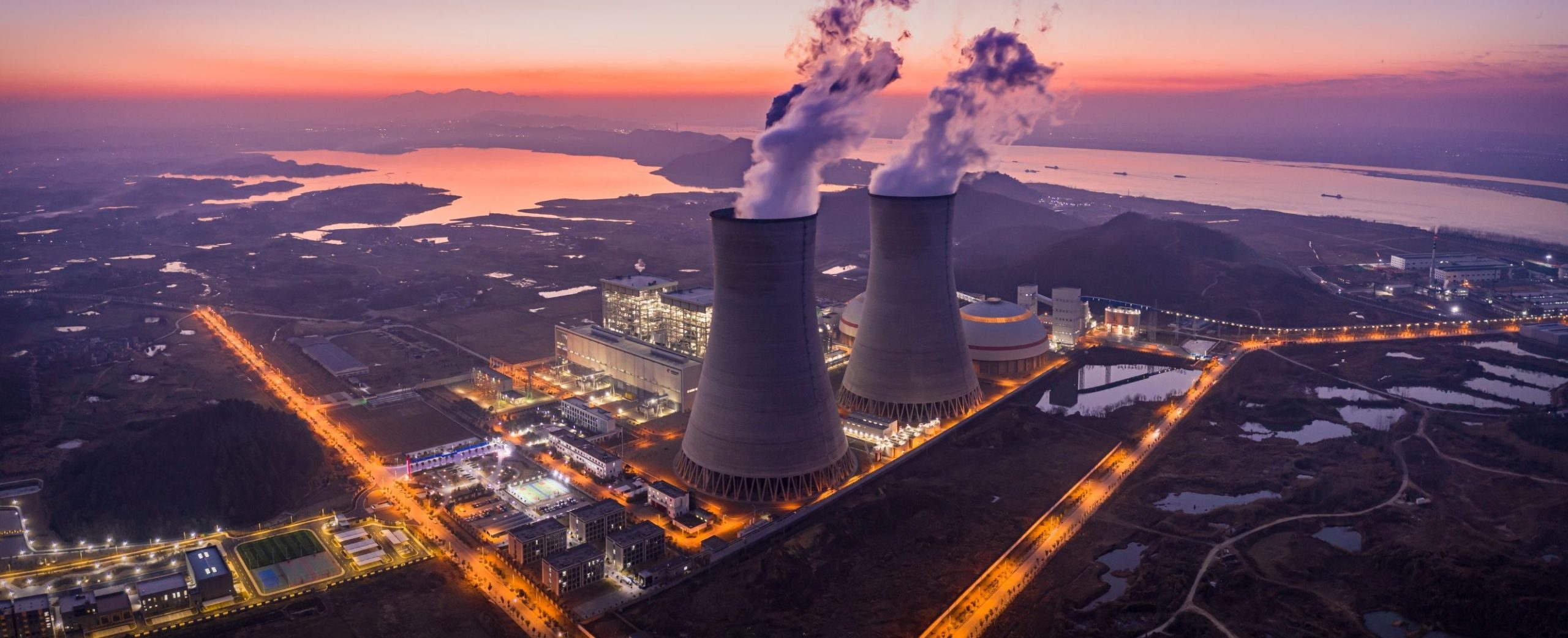Kavya Wadhwa
Nuclear and High Energy Physics
India’s Ambitious Nuclear Power Expansion: A Courageous Move Towards Ensuring Energy Security

India’s Nuclear Power Corporation of India Limited (NPCIL) is leading an ambitious effort to commission a nuclear power reactor annually, demonstrating a strong commitment to enhancing the country’s energy security. During an interview with The Hindu, BC Pathak, Chairman and Managing Director of NPCIL, discussed the significant advancements in the nuclear power sector and provided insights into the future of India’s nuclear energy landscape.
The recent accomplishment of achieving criticality for the fourth unit of India’s largest indigenous 700-MWe pressurized heavy water reactor (PHWR) in Kakrapar, Gujarat, on December 17, 2023, is a noteworthy milestone in the ongoing nuclear progress. Pathak is confident that the momentum will continue, as another 700-MWe unit is scheduled to be commissioned in Rawatbhata, Rajasthan, in 2024.
Pathak highlighted the difference between electricity generation and energy, emphasizing the importance of reducing carbon emissions in the wider energy sector. The author emphasized the significant potential of nuclear power in generating green hydrogen, in line with worldwide initiatives to achieve a more sustainable energy transition.
Regarding the concerns about the delays in commissioning the Kakrapar-3 unit, Pathak provided clarification that the reactor was connected to the grid six months after achieving criticality. This was due to the successful resolution of commissioning experiments and challenges. In addition, he emphasized the exceptional safety features of the 700-MWe PHWRs, establishing their status as some of the safest reactors worldwide.
Addressing concerns about a perceived focus on 700-MWe PHWRs, Pathak assured that NPCIL is open to considering 220-MWe PHWRs if necessary. He emphasized the need to achieve economies of scale in order to meet India’s significant electricity demands.
Pathak discussed India’s dedication to increasing its nuclear power capacity, highlighting advancements in different projects throughout the country. This included updates on upcoming reactors and efforts such as green hydrogen production. In addition, he discussed the ongoing technical discussions with EDF and Westinghouse regarding the projects at Jaitapur in Maharashtra and Kovvada in Andhra Pradesh.
In the future, Pathak discussed NPCIL’s commitment to a three-stage nuclear power program, expressing optimism about India’s ability to achieve energy security as it advances through these stages.
The statement released by the Indian government on December 20, 2023 highlights their strong dedication to expanding nuclear power capacity. The capacity is set to increase significantly from 7,480 MW to 22,480 MW by 2031-32, as announced by Union Minister Dr. Jitendra Singh. The government emphasized the rise in yearly electricity generation and the expansion of nuclear capacity, demonstrating the notable advancements achieved in the sector.
According to Singh’s report, nuclear power generation in India during fiscal year 2023-24 reached approximately 32,017 million units, making a significant contribution towards the goal of a cleaner and more sustainable energy future. There are currently ten reactors being constructed and commissioned, with a total capacity of 8,000 MW. In addition, preparations are being made for ten more reactors, which are expected to be completed by 2031-32.
Dr. Jitendra Singh highlighted the environmentally friendly aspects of nuclear power and its ability to ensure long-term energy security while supporting the country’s energy transition. The expansion of nuclear power capacity is in line with the objective of achieving a net-zero economy by 2070, positioning it as a vital component of India’s sustainable energy portfolio.
India’s strong support for nuclear power demonstrates a progressive mindset in tackling the increasing energy demands while also making a positive impact on the environment at a global level. As the nation wholeheartedly embraces nuclear energy, it marks a major step towards a cleaner and more secure energy future.
